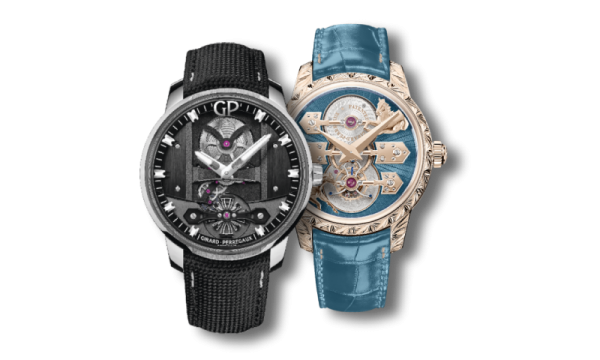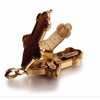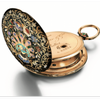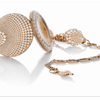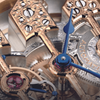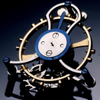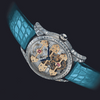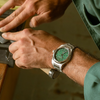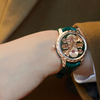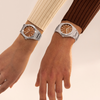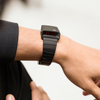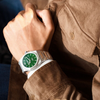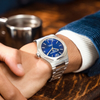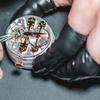

Girard-Perregaux: the story of the tourbillon with three gold bridges
Embark on a journey that begins with the production of luxury toys for the aristocracy and leads through the legendary tourbillon with three gold bridges to the most famous Laureato model.
The origins of the Girard-Perregaux brand can be traced back to 1791 and a man named Jean-François Bautte. At the age of 19, he already had extensive experience in goldsmithing and the manufacture of watch cases and movements. And because he was also a good businessman, he soon became a business partner of his former employer.
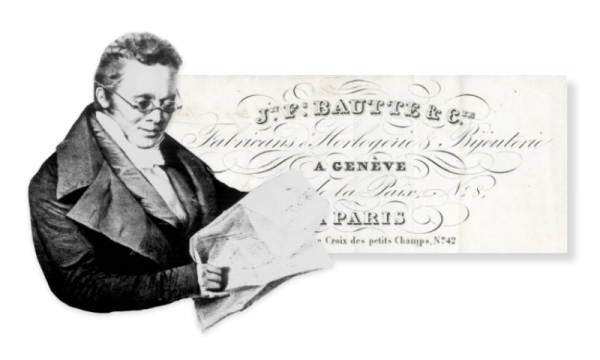
Bautte's designs have captivated the whole world
His customers were mainly royal courts and the aristocracy. He produced exclusive and highly creative products such as perfume pistols, ultra-thin watches, and mechanisms for music boxes. Each of them was precisely decorated with enamel, engraving, or precious stones. His workshop was exceptional, extravagant, and luxuriously furnished, with the scent of genuine Eau de Cologne and logs for the fireplace carved by an artist.
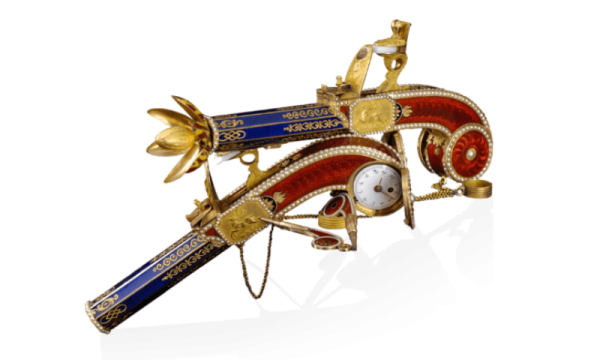
Bautte was a visionary with the creativity of an artist and the courage of an entrepreneur.
In order to meet the large and ever-growing demand for his products, he established a factory in Switzerland with 180 craftsmen. Until then, production had taken place in many small independent workshops called "établisseurs." Bautte's new arrangement under one roof enabled much more efficient communication, logistics, and sharing of labor.
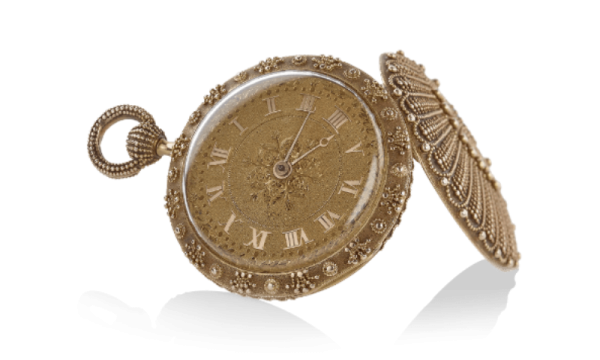
His manufacturing system is still used today
In 1825, Constant Girard was born in La Chaux-de-Fonds, the capital of watchmaking, into a family of engravers. In his youth, he worked as a watchmaker's apprentice, gaining experience and soon establishing his own watchmaking workshop. His grandfather was a watchmaker – the craft was in his genes. In 1831, Maria Perregaux was born into a family of master watchmakers in Le Locle, a small village at the end of the valley. She inherited her father's respect and love for the art of watchmaking.
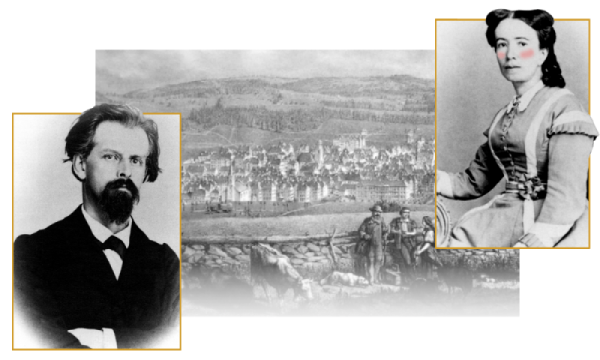
Constant and Maria are married in 1854 and found Maison Girard-Perregaux
Girard is fascinated by the tourbillon – an invention by A.L. Breguet that can eliminate inaccuracies in the movement caused by Earth's gravity. He spends a lot of time studying this mechanism, devising innovations, testing and producing various improved versions. The workshop's reputation grows. The Marie Perregaux brothers become ambassadors for the brand and spread the reputation of Swiss watchmaking and haute horlogerie around the world.
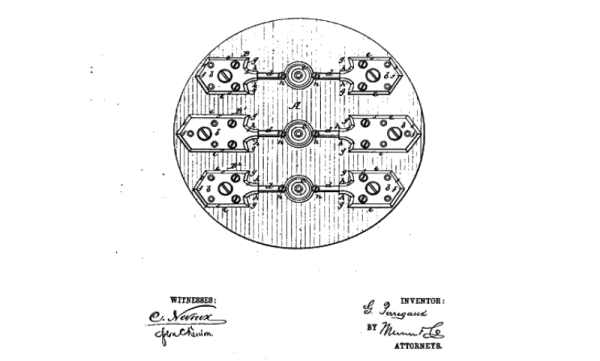
François, Henri, and Jules Perregaux establish branches in Japan and America.
Girard continues to improve the tourbillon. Bridges, which until now were purely functional components, are engraved and used as decoration. He thus opens a new chapter in watchmaking, in which functional parts are transformed into artistic details. The legendary design with three parallel bridges is created, and Girard would like to protect it from counterfeiters. However, there is no relevant law in Switzerland yet, so he has it patented in the USA in 1884.
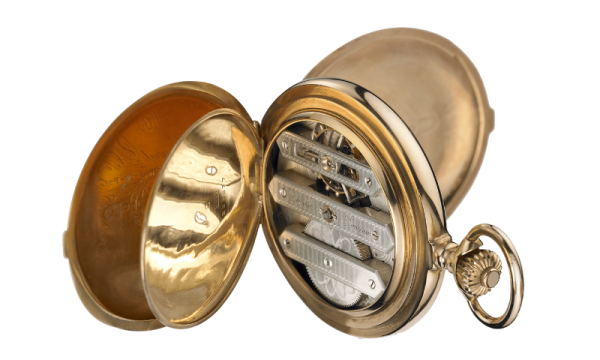
La Esmeralda – tourbillon with three bridges wins gold at the World Exhibition in Paris
In 1903, Constant Girard-Gallet took over the company from his late father and built a new large manufacturing facility in La Chaux-de-Fonds. A few years later, he bought the famous Maison Bautte, and thus the rich history and tradition of this manufacturer became part of the Girard-Perregaux brand. Constant Junior then sold the company to the German watchmaking family Graef.
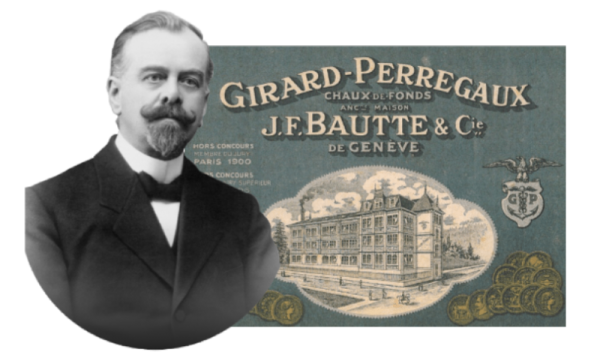
Otto Graef establishes the first independent research and development department
The company has been in the hands of this family for three generations and is reaching new heights. Not only are sales growing, but so is the technical level of new models. For the first time in history, the number of wristwatches sold exceeds the number of pocket watches sold. Watches are being created whose timeless design continues to inspire the creators of new models to this day.
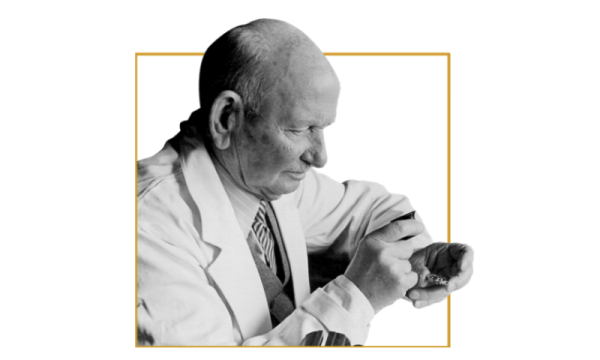
Vintage
A delicate rectangular case and dial decorated in Art Deco style. After fifty years, this beautiful piece will be revived under the name "Vintage 1945."
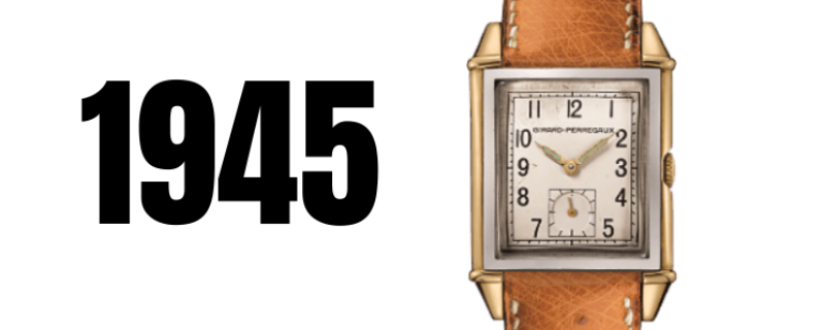
Gyromatic
A high-frequency automatic movement with outstanding precision (frequency of 36,000 vibrations/hour, i.e. 5 Hz). In 1966, it won the Centenary Prize of the Neuchâtel Observatory. The current series, called "1966," pays tribute to this extraordinary achievement.
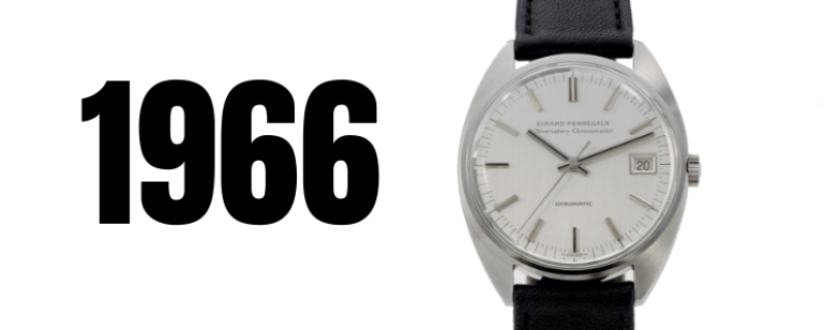
Deep Diver
The diving watch in a steel case with a 14-sided bezel is equipped with a Gyromatic automatic movement. The inner rotating scale for measuring dive time is controlled by the crown.
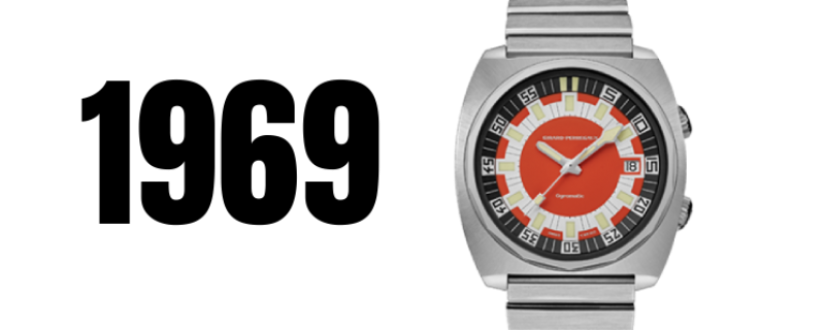
Quartz
During the quartz revolution, Girard-Perregaux is at the forefront of developing new models, becoming one of the first to introduce its own quartz movement, whose frequency of 32,768 Hz becomes the universal standard.
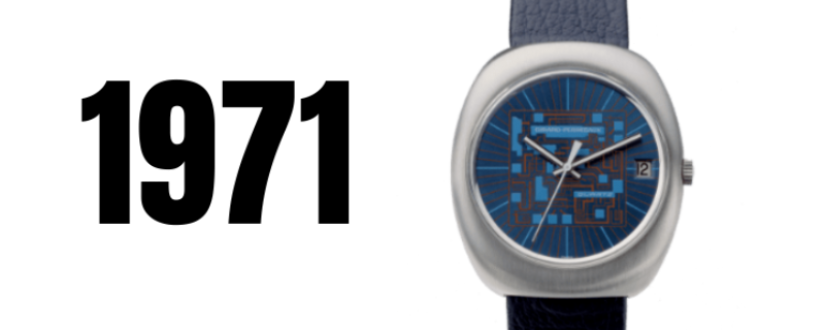
Laureato
Originally, this iconic model with an octagonal bezel and integrated bracelet was called the "Quartz Chronometer." Italian watch lovers renamed it "laureato," meaning "graduate" of a prestigious watchmaking school or winner of numerous watchmaking awards. Laureato is now Girard-Perregaux's flagship model.
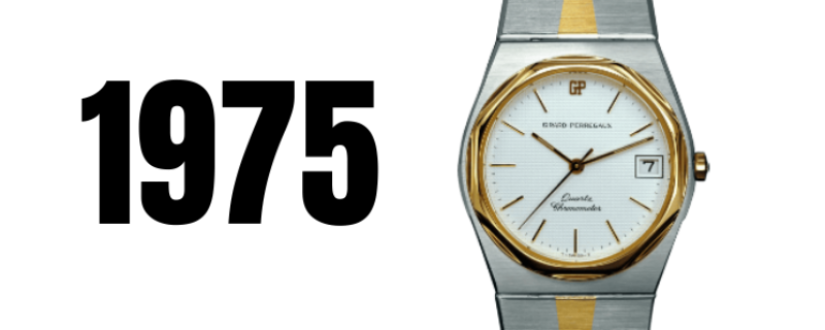
Casquette
Wristwatches with LED displays showing the time and date were at the cutting edge of technology and miniaturization in their day. Today, Casquette is back in a titanium and ceramic case with added chronograph and second time zone functions.

During the quartz crisis, production returns to its roots
Returning to the production of a mechanical tourbillon with three bridges is a major challenge. The movement from around 1880 must be completely dismantled and the individual parts remanufactured using period technologies. The new model takes the form of a pocket watch. For wristwatches, all parts will need to be miniaturized correctly.
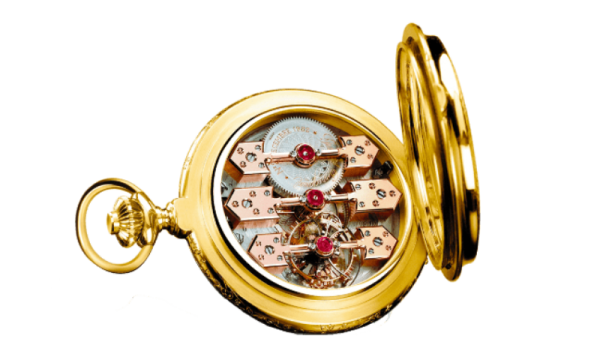
In 1991, the first tourbillon with three bridges in a wristwatch design was launched on the market.
Maison Girard-Perregaux celebrates the 200th anniversary of its founding and the 150th anniversary of the tourbillon with three gold bridges. A year later, Luigi Macaluso, an entrepreneur, architect, and former racing driver, takes over the management of the company. Major investments are made in research and development, and a new series of ultra-thin mechanical calibers, the "GP 3000," is born.
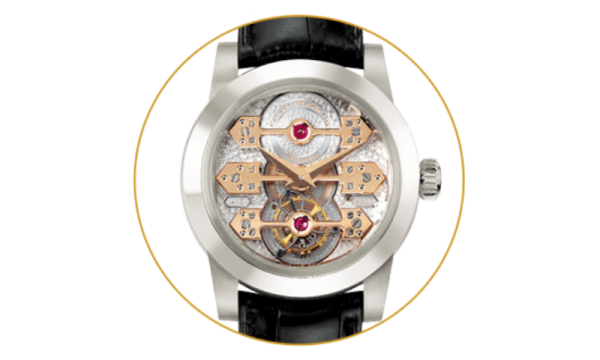
A passion for motorsport leads to a partnership with Ferrari
The research and development department is tackling the perennial problem of classic mechanical watches – the decreasing amount of energy supplied to the gear train by the mainspring. With a six-day power reserve, this makes a significant difference. The uneven force exerted by the spring as it unwinds is addressed by a component called the Constant Escapement. It is located directly next to the oscillator and uses an ultra-thin silicone band to balance the amount of energy coming out of the oscillator.
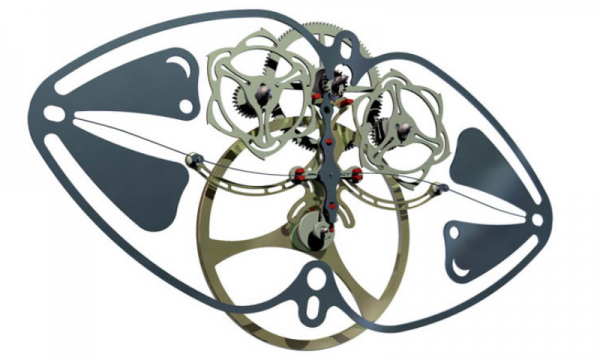
Constant Escapement wins the Aiguille d’Or at the Grand Prix d'Horlogerie de Genève
In 2011, Girard-Perregaux became part of the French luxury group Kering, and a few years later, together with Ulysse Nardin, they founded High Horology Manufactures. A partnership with Aston Martin was formed. The charismatic Patrick Pruniaux became the new CEO and opened a new chapter in the company's history, featuring the skeleton Neo-Tourbillon, Casquette 2.0, and Laureato Eternity.
